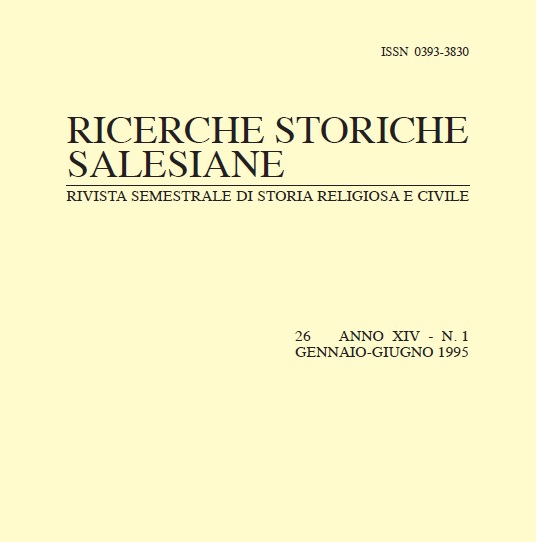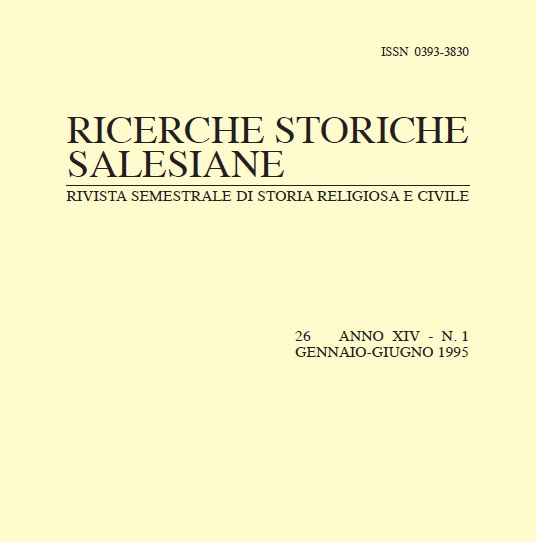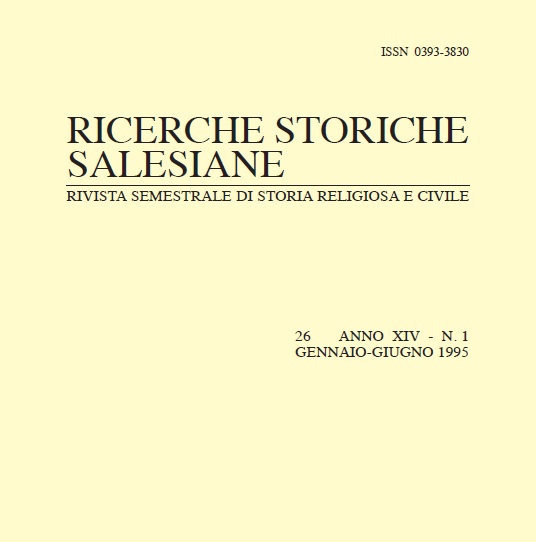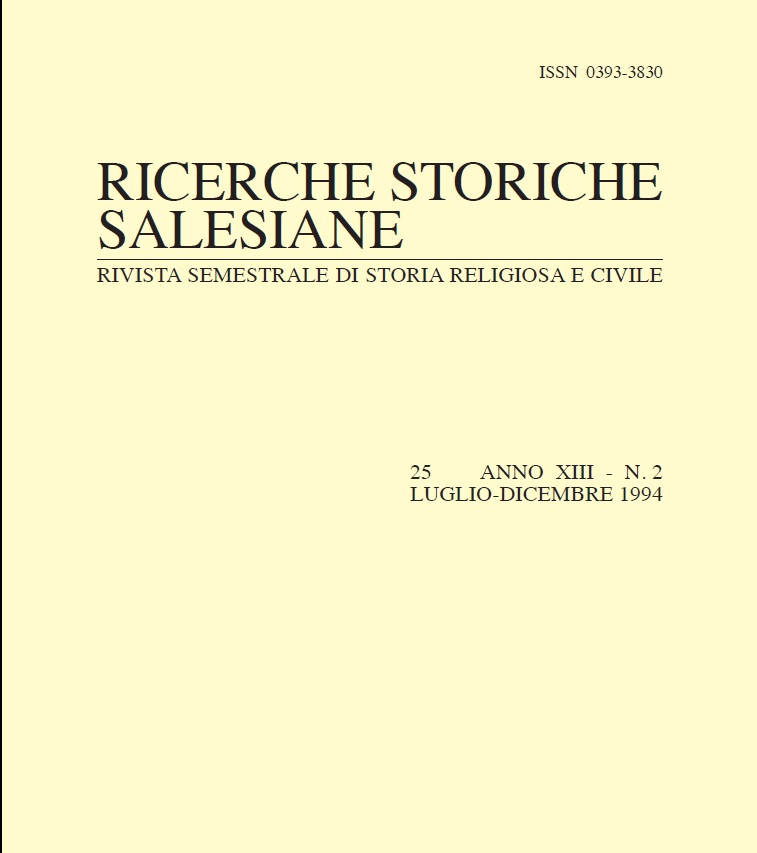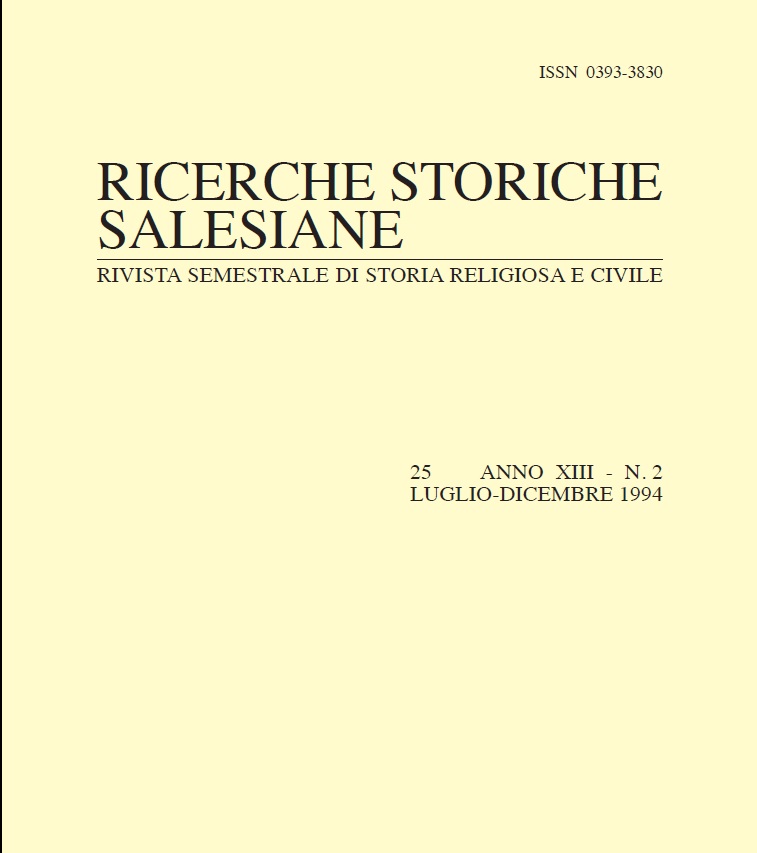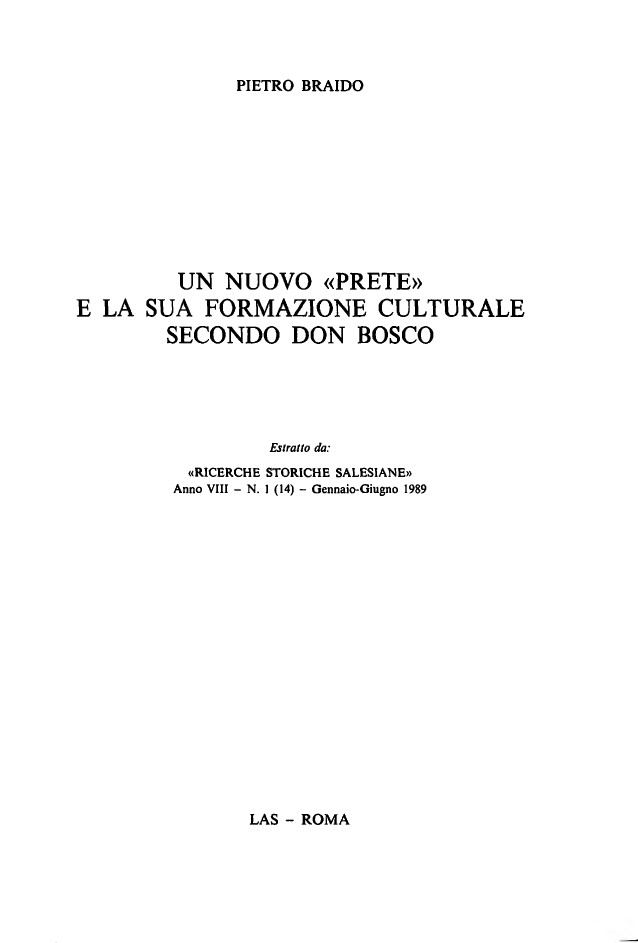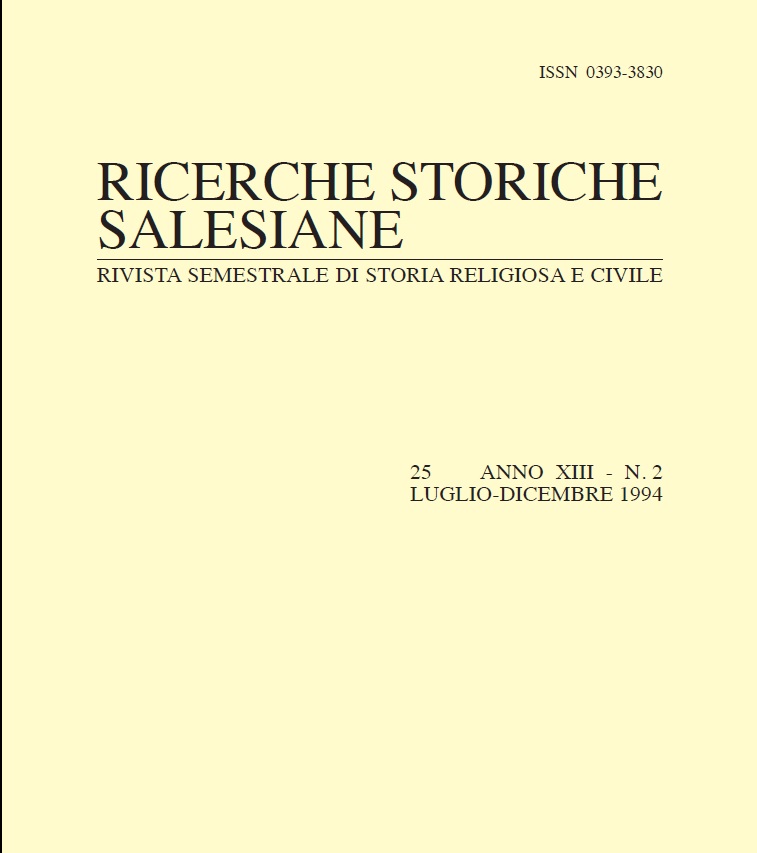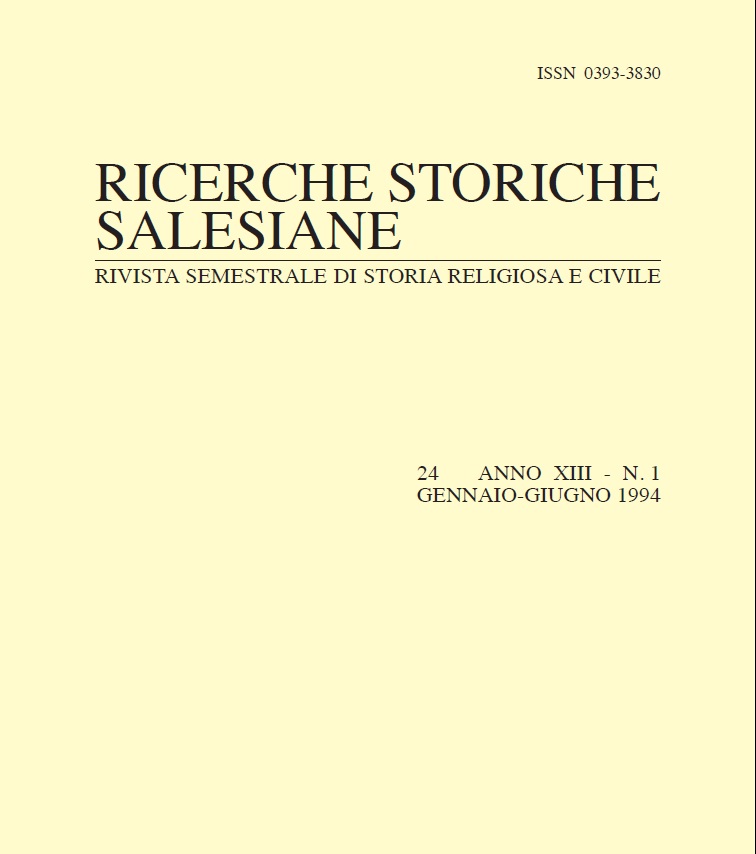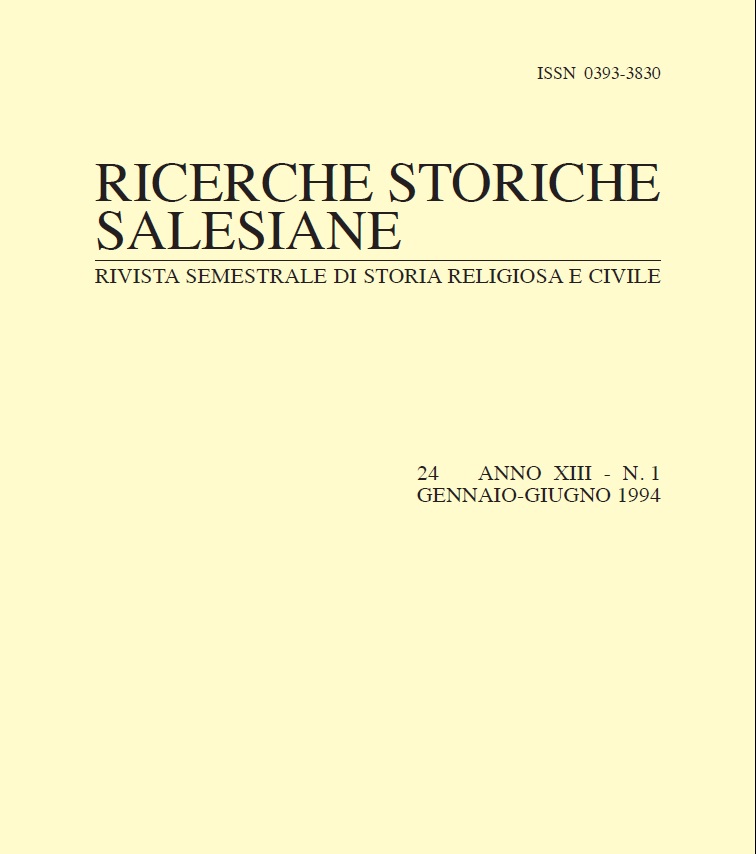In una breve lettera del 28 settembre 1877 al direttore della tipografia di Valdocco, Andrea Pelazza, don Bosco — che stava portando a termine a Lanzo Torinese il primo capitolo generale – scriveva: «Credo che mille copie delle nostre Regole basteranno. Continuerò a raccomandare che si facciano le correzioni prima della composizione. Ma è difficile che io l’ottenga. Spero che in avvenire si [possa] provvedere regolarmente pel Bollettino Salesiano». Continue reading “Pietro Braido – “Tratti di vita religiosa salesiana nello scritto «Ai soci salesiani» di Don Bosco del 1877/1885. Introduzione e testi critici” in “Ricerche storiche salesiane””
